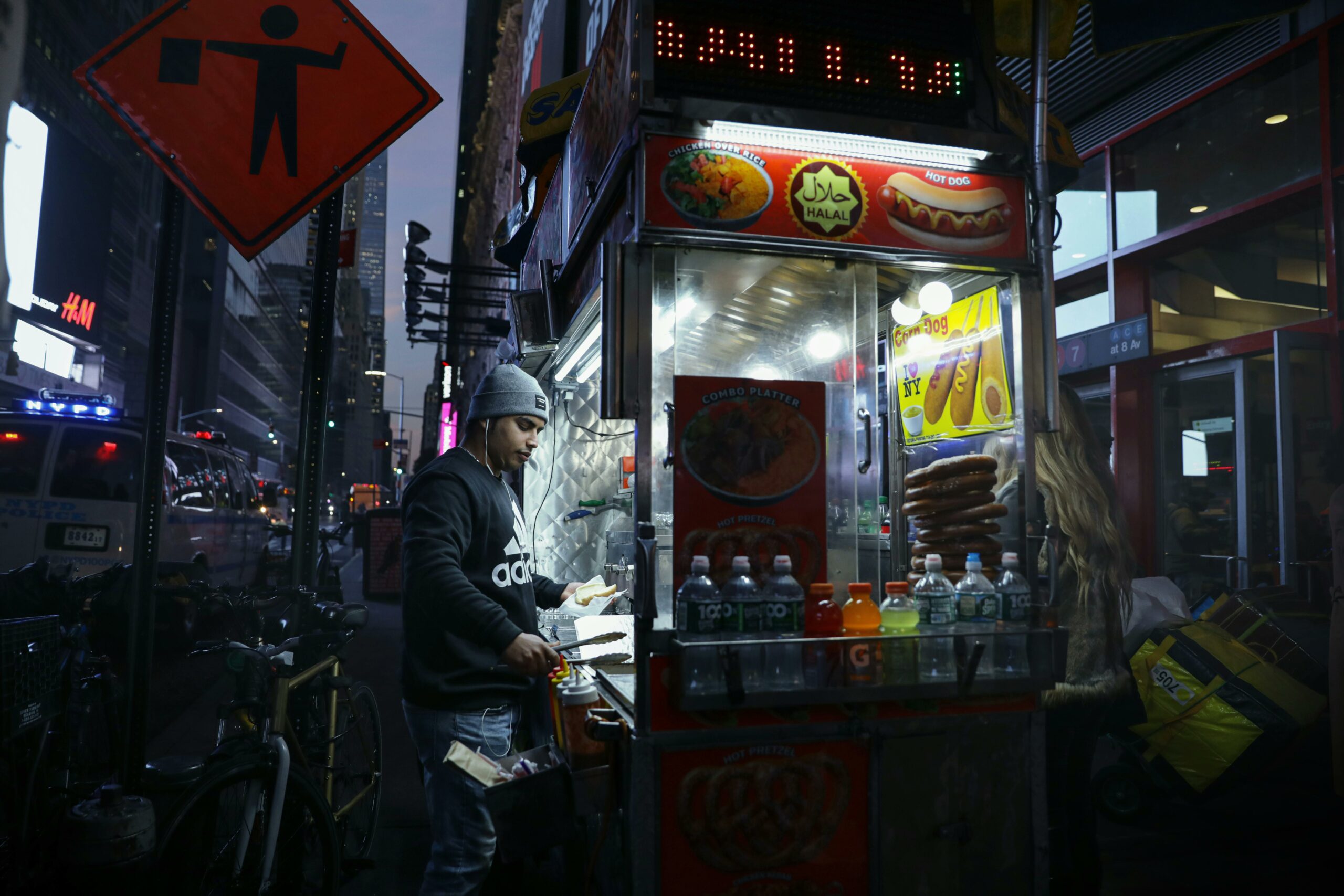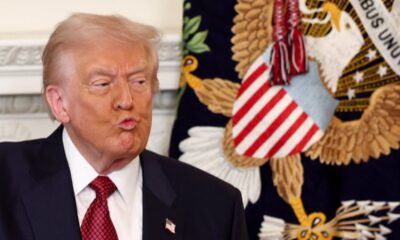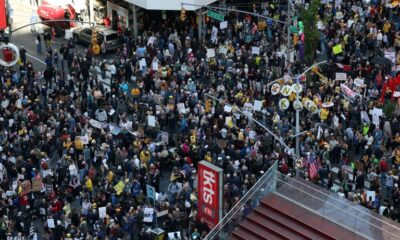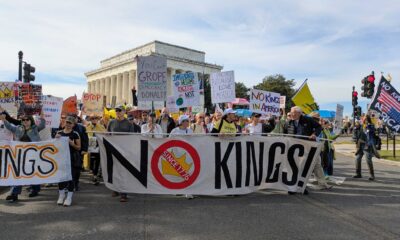Business
New York City’s Wealth Disparity: Millionaires Thrive Amid Poverty

New York City continues to be a global financial powerhouse, home to over 384,500 millionaires and numerous billionaires, according to the latest report by Henley & Partners and New World Wealth. Ranking alongside the San Francisco Bay Area, which has 342,000 millionaires, the stark economic divide between the city’s affluent neighborhoods and its struggling communities is becoming increasingly evident.
Housing costs in New York are among the highest in the world, with average monthly rents reaching approximately $5,236 and a median home price of about $1.67 million. To live comfortably in the city, a single adult needs an annual income of around $137,000. Such figures highlight the challenges faced by many young people and families attempting to secure affordable living arrangements.
Gentrification is reshaping neighborhoods once considered affordable. Areas in the outer boroughs, such as Astoria in Queens, are transitioning rapidly. Once a thriving Greek community, Astoria has welcomed a diverse influx of immigrants from Latin America, the Middle East, South and East Asia, and Eastern Europe. The arrival of North African immigrants has also spurred new businesses, including hookah bars and halal restaurants, catering to their communities.
As more young adults from Manhattan, Brooklyn, and even the Midwest flock to Astoria for its relatively lower rents and vibrant culture, the cost of living has surged. Rents in the area have escalated by 10 to 20 percent, raising concerns that Astoria may soon become unaffordable for its traditional working-class population.
The most significant impact of rising real estate prices is felt in Brooklyn, where longstanding ethnic shops have been replaced by upscale retail and luxury housing developments. Neighborhoods like Williamsburg and Bushwick are experiencing rapid transformation, with projections indicating continued increases in property prices through 2025. Other areas, including Bedford-Stuyvesant, Crown Heights, and Prospect Heights, are also bracing for gentrification, further squeezing those in search of affordable living options.
Despite the wealth concentrated in certain neighborhoods, the poverty rate in New York City is alarming. A report from Columbia University’s Center on Poverty and Social Policy reveals that the poverty rate has climbed to 25 percent, up from 23 percent the previous year. This situation has pushed an additional 100,000 New Yorkers into poverty, starkly contrasting with the national poverty rate of 13 percent.
The report highlights a troubling reality: 420,000 children, or 26 percent of the city’s youth, live in poverty. Families of four require at least $50,000 annually just to meet basic needs. These figures underscore the urgent need for sustained support for federal safety net programs, which are crucial for many low-income families.
The narrative of low-income residents often goes unnoticed, particularly those who are employed but still find it challenging to afford essentials like housing and food. Workers in neighborhoods like Greenwich Village serve as a reminder of the economic struggles many face daily. They deliver food, work in hospitality, and fill various roles in institutions like New York University. While not all are in dire straits, many grapple with financial insecurity, their experiences often invisible to those in more affluent areas.
Gentrification is reshaping New York City, yet the pockets of persistent poverty remain significant and largely overlooked. The Bronx exemplifies this divide, with nearly half of its neighborhoods classified as high-poverty. The number of such neighborhoods has increased from 148 in 1980 to 156 in 2018. In fact, as of 2018, 48 percent of neighborhoods in the Bronx were categorized as high poverty, with median household incomes significantly lower than in other parts of the city.
As the city evolves, the disparities between its wealthy and impoverished populations grow more pronounced. The coexistence of such divergent realities invites reflection on a future where economic growth might not be equitably shared. As noted by author John Dos Passos in his novel “The Big Money,” the widening gap between these two worlds raises concerns about the possibility of bridging that divide.
-

 Entertainment2 months ago
Entertainment2 months agoAnn Ming Reflects on ITV’s ‘I Fought the Law’ Drama
-

 Entertainment3 months ago
Entertainment3 months agoKate Garraway Sells £2 Million Home Amid Financial Struggles
-

 Health2 months ago
Health2 months agoKatie Price Faces New Health Concerns After Cancer Symptoms Resurface
-

 Entertainment2 months ago
Entertainment2 months agoCoronation Street’s Carl Webster Faces Trouble with New Affairs
-

 Entertainment2 months ago
Entertainment2 months agoWhere is Tinder Swindler Simon Leviev? Latest Updates Revealed
-

 Entertainment3 months ago
Entertainment3 months agoKim Cattrall Posts Cryptic Message After HBO’s Sequel Cancellation
-

 Science3 weeks ago
Science3 weeks agoBrian Cox Addresses Claims of Alien Probe in 3I/ATLAS Discovery
-

 Entertainment2 months ago
Entertainment2 months agoOlivia Attwood Opens Up About Fallout with Former Best Friend
-

 Entertainment3 months ago
Entertainment3 months agoMarkiplier Addresses AI Controversy During Livestream Response
-

 Entertainment3 months ago
Entertainment3 months agoMasterChef Faces Turmoil as Tom Kerridge Withdraws from Hosting Role
-

 Entertainment4 months ago
Entertainment4 months agoSpeculation Surrounds Home and Away as Cast Departures Mount
-

 World2 months ago
World2 months agoCole Palmer’s Mysterious Message to Kobbie Mainoo Sparks Speculation





















